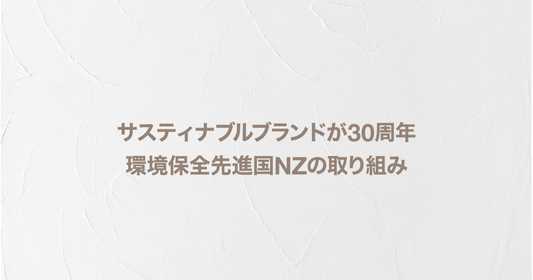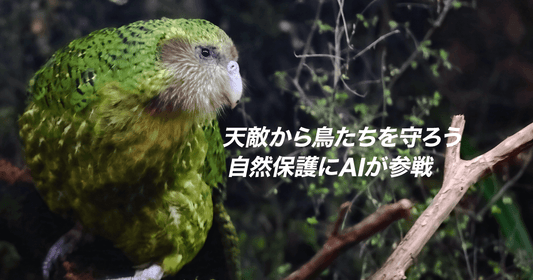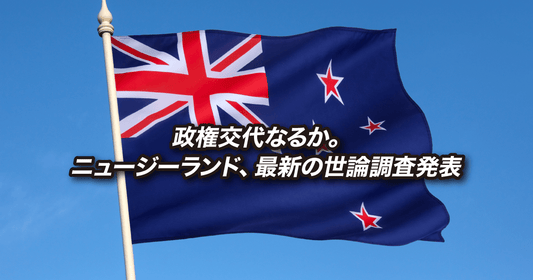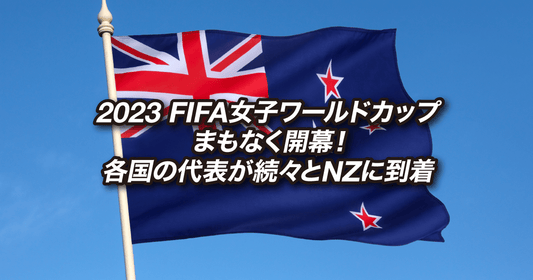New Zealand celebrated Recycling Week from 17th to 23rd October.
During Recycle Week, each day will have a different theme of what we should be mindful of.
The aim of this event was to raise awareness of the waste problem by getting everyone to recycle a little at a time.
Strengthening recycling efforts
The themes for each day of Recycle Week were as follows. Why not try to emulate them?
Monday
Buy things that can be recycled or reused
Tuesday
Don't produce trash
Wednesday
Stop using disposable products
Thursday
Clean before recycling
Friday
Consider ways to reduce waste
weekend
Look for items you can reuse, repair, or recycle during your spring cleanup
Currently, about 12 million tonnes of waste is sent to landfills in New Zealand each year. It is said that three-quarters of this waste could have been recycled or reused, so there is an urgent need to raise people's awareness of the waste problem.
Food trays banned
As part of a new initiative to reduce plastics in New Zealand, from October 2022 the production and sale of hard-to-recycle polystyrene, polyvinyl chloride (PVC) food packaging and containers, and disposable stirrers will be banned.
"By eliminating the sale of these plastics, we reduce waste in landfills, promote recycling and encourage people to switch to greener, more reusable alternatives."
The Minister of the Environment commented:
New Zealand has decided to phase out single-use plastics by 2025, and regulations are being implemented in stages, with single-use plastic bags being abolished in 2019.
New Zealand to ban single-use plastics by 2025
Recycling volume is also increasing
In Japan, only two types of recycling marks are used for plastic classification: PET bottles and plastic containers, but in New Zealand, seven recycling marks are used.

Source: recycle.co.nz
Currently, in most parts of New Zealand, type 1 "polyethylene terephthalate" (plastic bottles, packaging film, food containers, drinking cups, etc.) and type 2 "high-density polyethylene" (food containers, film, shampoo bottles, etc.) are collected.
Over the past year, 14 regions across the country have begun collecting five types of polypropylene (automobiles, home appliance parts, film, food containers, etc.).
A year ago, the participation rate in polypropylene recycling was 81% of the population, but now 97% of the population is contributing to polypropylene recycling. It is a great step forward that the recovery of polypropylene, which is the 5 most easily recyclable type, has progressed.
There are also many plastic manufacturers in New Zealand who want to reuse polypropylene used in the country, and it is expected that recycling will increase further in the future.





